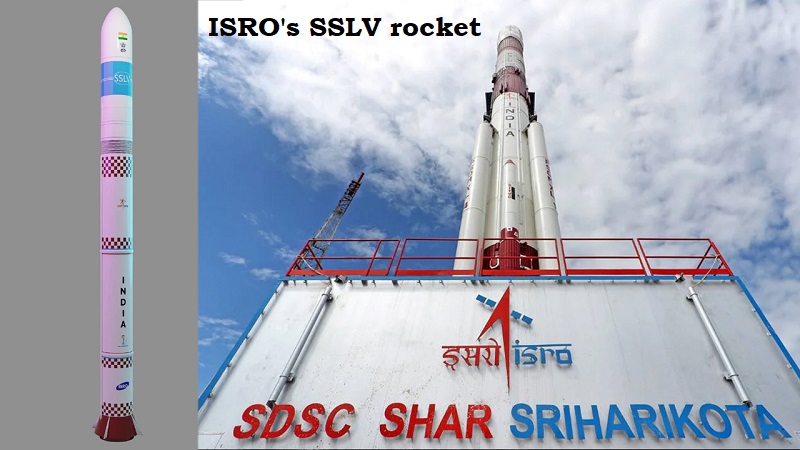
The Small Satellite Launch Vehicle, a new rocket developed by the Indian Space Research Organization (ISRO), is preparing for its inaugural launch (SSLV). Two satellites will be launched into orbit by the SSLV from India’s Satish Dhawan Space Centre, Sriharikota, at 9:18am on Sunday, August 7. While the main passenger of this mission is the 135 kg satellite EOS-02, it will also carry a student-built satellite called ‘AzaadiSAT.’
The first launches of India’s currently in use rockets, PSLV, GSLV, and GSLV Mk3, occurred in 1993, 2001, and 2017, respectively. These rockets are far more intricate and advanced than SSLV since they are propelled by stages that transport solid fuels, liquid fuels, and even cryogenic fuels (in the case of GSLV and GSLV Mk3). In contrast, the SSLV is a three-stage rocket that is powered by solid fuels alone, thus making it relatively simpler and faster to manufacture, assemble and launch.
WION met with A. Rajarajan, Director of India’s spaceport, Satish Dhawan Space Centre, while final preparations for the first SSLV launch were being made (SDSC).
He claims that the SSLV is the outcome of numerous crucial lessons that all ISRO centres have discovered over the past three decades while producing, putting together, and launching various spacecraft including PSLV, GSLV, and GSLV Mk3. ‘The production and assembly of SSLV have been kept as straightforward as feasible. With PSLV and GSLV, it can take 6 to 8 months to prepare the solid stages; for SSLV, this time has been cut in half. We get all the SSLV parts from Indian industry and carry out the casting process (solid fuel filling) at SDSC,’ he explained.
To ensure that the rocket can be ready for launch in a week, ISRO has added a few additional procedures and methods to the SSLV manufacture and assembly. ‘Normally, it takes a week to put together a rocket motor, but SSLV only needs one day. To promote quicker rocket construction, we chose dry joints rather than wet ones ‘ he added.
Given that the fuel is supplied months in advance of the launch, as opposed to liquid-fuel rocket stages when the fuel is filled just hours before the launch, he added that there is always a need to be extra cautious during the assembly process for an all-solid stage vehicle like SSLV. Despite being an all-solid stage rocket, SSLV uses a final liquid-fuel based Velocity Trimming Module (VTM) to make minor corrections and inject the satellites into precise orbit. The VTM is similar to the propulsion systems used on board satellites.
Regarding the SSLV rocket’s potential, Mr. Rajarajan stated that it is a rocket that can be entirely produced by Indian industry and that it is feasible to have several launches per year. He believes that SSLV is a rocket that can be launched anytime and from anyplace (from the back of a truck, a mobile launchpad, a launchpad with minimum infrastructure, etc.) due to the simplicity of the manufacturing process and assembly.

Post Your Comments